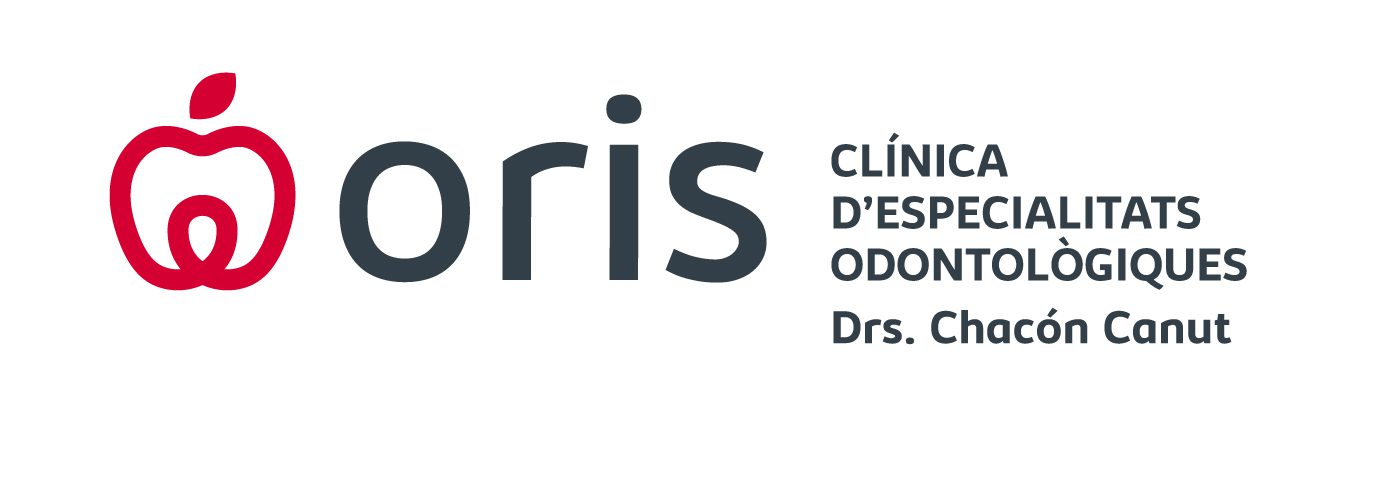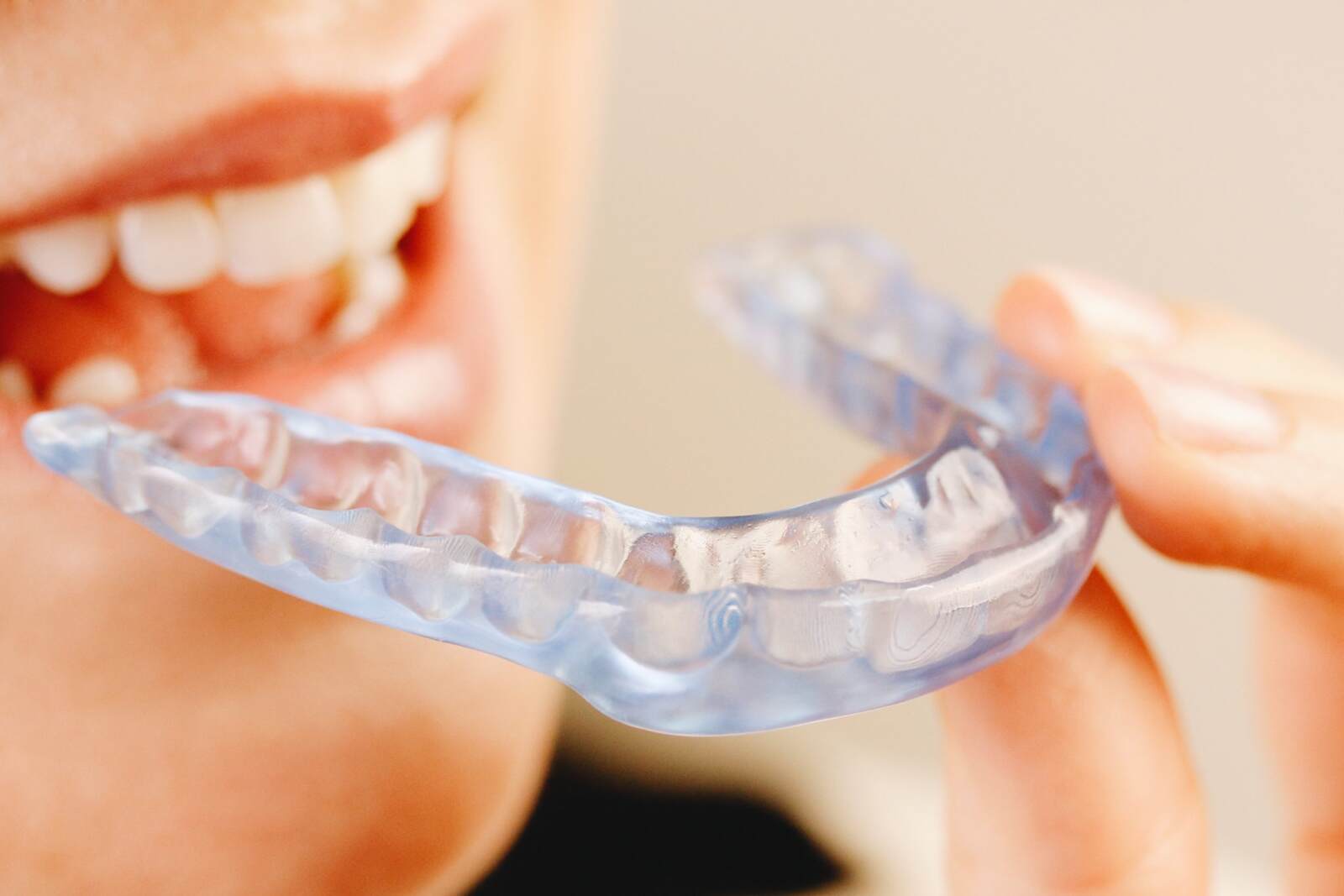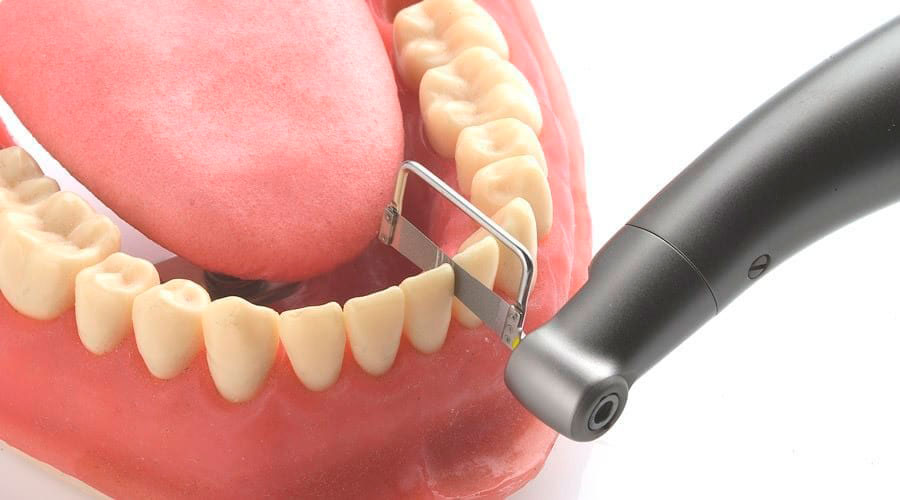Do you suffer from problems related to biting or occlusion, or are your teeth crowded or gapped? The solution to all these problems is orthodontics. More commonly known as braces, they are one of the best options for correcting these dental problems.
Any time is the right time to correct your teeth, and it is advisable not only for purely aesthetic reasons, but also for functional reasons, and to prevent complications that will be harder to resolve.
The first thing you need to know is that orthodontics has evolved a great deal in recent years and there are many different options, depending on the age of the patient, the dental problems that need to be corrected, any prior treatments that may have been performed (e.g. implants, fillings) and the patient’s personal preferences. At Oris Dental Clinic, the first thing we do is carry out a personalized examination, in order to select the treatment that is best suited to the needs of your teeth. If you would like to find out more about this treatment, in this post we’ll fill in some of the details.
What are the different types of braces?
Until recently, the only option was metal braces. Today, however, there is a much wider range of options that are less aggressive in aesthetic terms. We’ll explain in greater detail below.
Nowadays it’s possible to correct our smile without anyone knowing we’re having treatment. Metal braces are still a very popular option for correcting the position of the teeth: they are fixed in place and connected to an arch, so that only the orthodontist is able to adjust them. This system is very time-efficient and is able to correct the most serious dental problems; however, aesthetically speaking, these braces are more aggressive. Additionally, the patient has to follow very strict rules in terms of food and hygiene.
Let’s dispel some myths: braces don’t prevent you from eating any type of food. However, hard foods, and those that cling to your teeth, can damage the braces over time. Moreover, braces tend to retain plaque and can rub against the skin, generating ulcers. For this reason, it is important for the patient to complement their daily brushing with other hygiene products, such as mouthwash and water flossers.
Provided the nature of their problem permits it, patients who want to correct their teeth can opt for more aesthetically appealing orthodontic treatments. These options are more popular with adult patients who are seeking a less aesthetically invasive solution to their problem. Below we list some of the options available:
- Invisible orthodontics. These consist of invisible aligners that are made to measure for each patient and changed every 15 days. The great advantage of this treatment, in addition to its invisibility, is that the aligners can be taken out in order to eat and perform dental hygiene; and as a result, they do not tend to cause ulcers. Nonetheless, it is very important to keep the aligners clean in order to prevent the proliferation of bacteria.
- Aesthetic braces. These braces are the same as the metal version, except for the fact that they are a similar color to our teeth, which makes them less visible. It is important to bear in mind that with these types of braces, the patient will need to take the same precautions regarding food and dental hygiene as they would with metal braces.
What comes after the orthodontic treatment?
This is one of the most important questions and areas of confusion. Removing the braces does not mean that the treatment has ended. In fact, it marks the beginning of an essential stage: retention. Teeth have a tendency to return to their original position, which would undo the results achieved with the dental braces and render the treatment futile. Consequently, the retention stage is absolutely key.
In order to prevent the teeth from moving, an orthodontic retainer will be fitted after the braces have been removed. Retainers play a vital role in keeping the teeth straight and making sure they remain in the same position.
It is therefore essential for the patient to follow the instructions of the specialist in order to ensure the success of the orthodontic treatment and prevent the teeth from moving. Our specialist will carry out a personalized study of your situation and monitor your treatment closely.
When the patient takes the retainer out, it must be done with great care in order to avoid breaking it. It is also important to clean the retainer thoroughly each time it is taken out. If these precautions are followed, the retainer will remain intact.
If you have any questions or queries specifically related to orthodontic treatment, please contact our team of professionals. They will be delighted to help you.
Artículos relacionados
Invisible Orthodontics, Orthodontics






